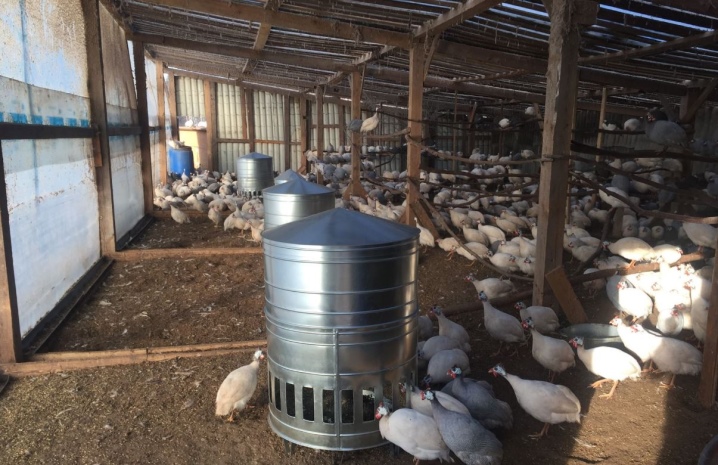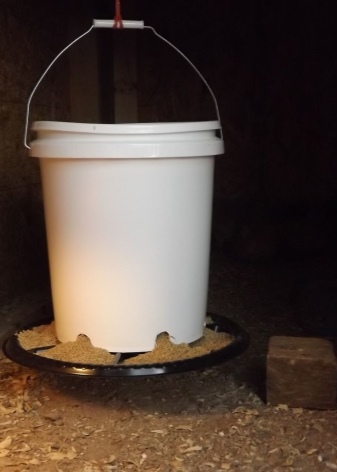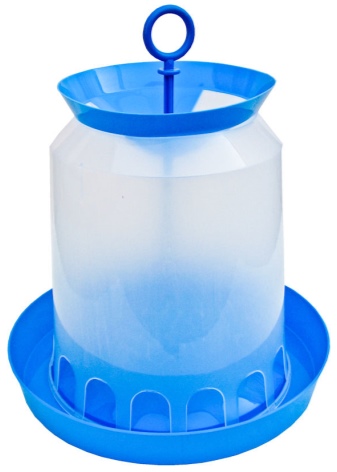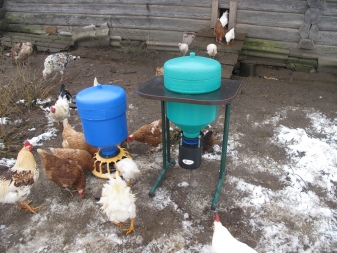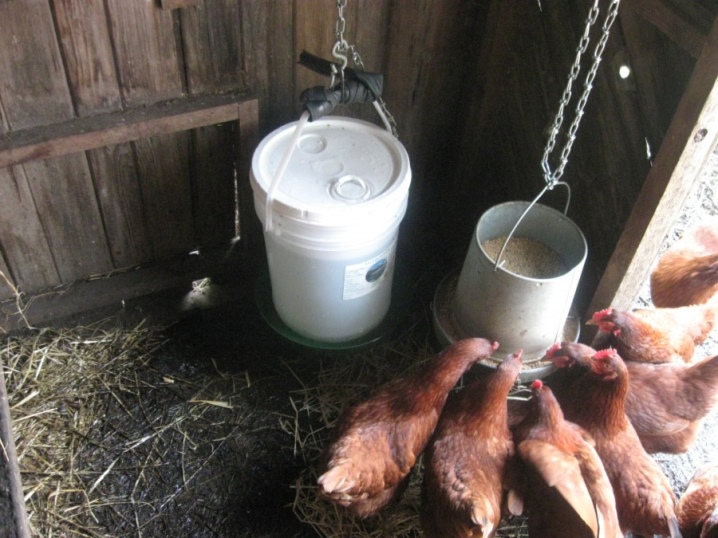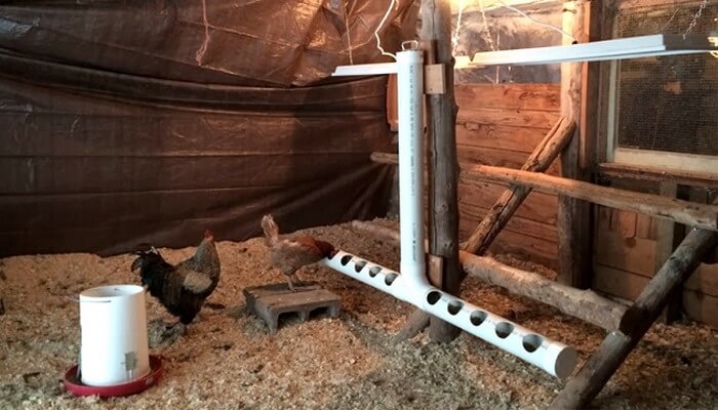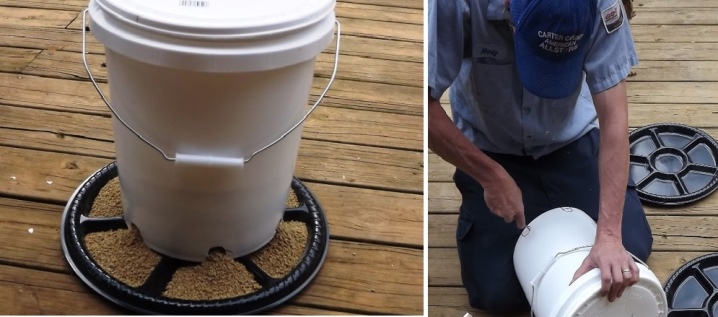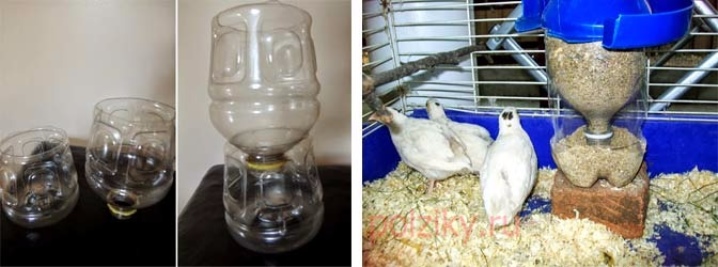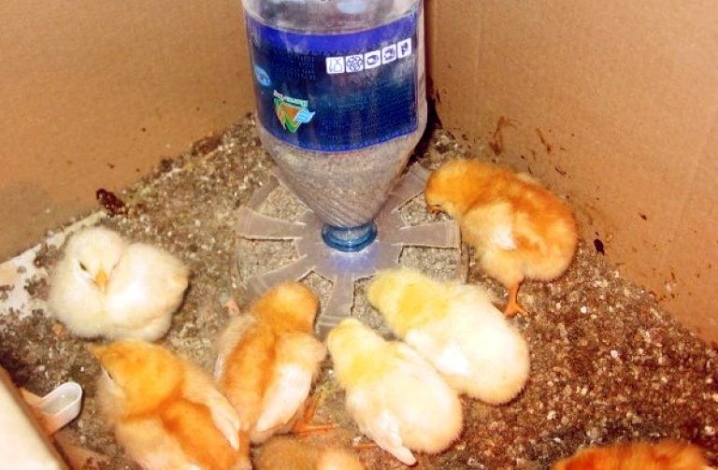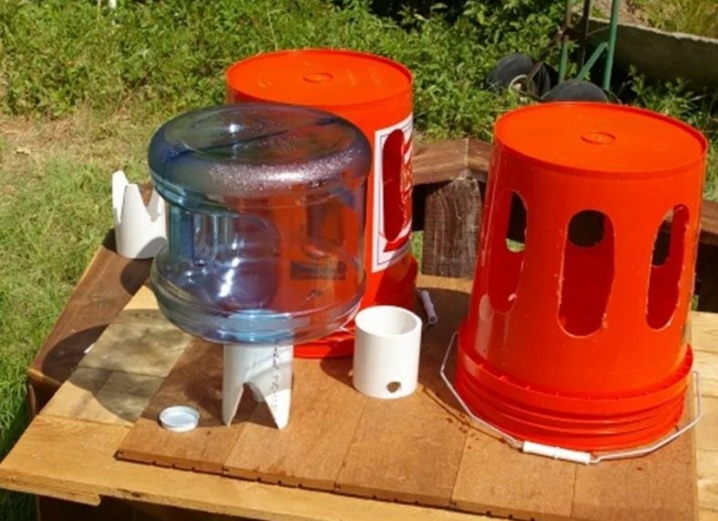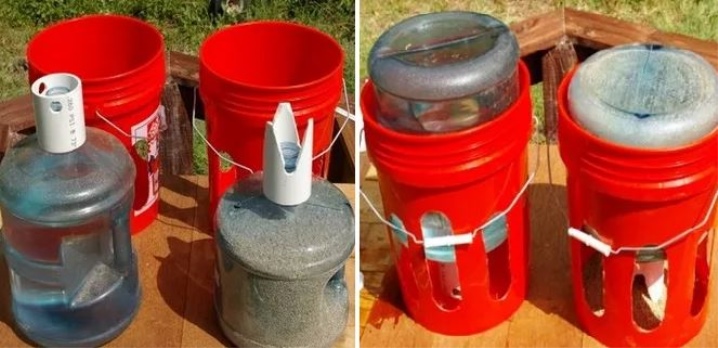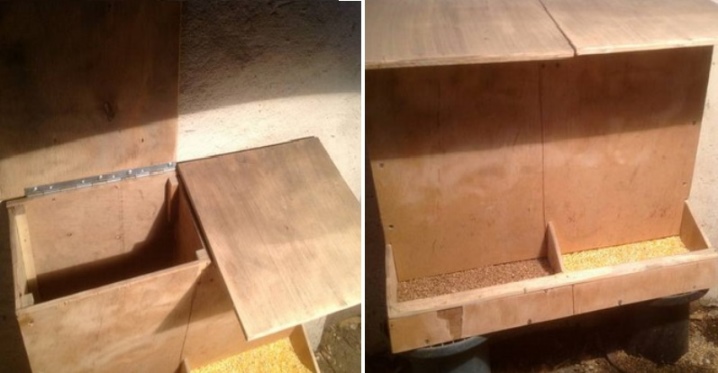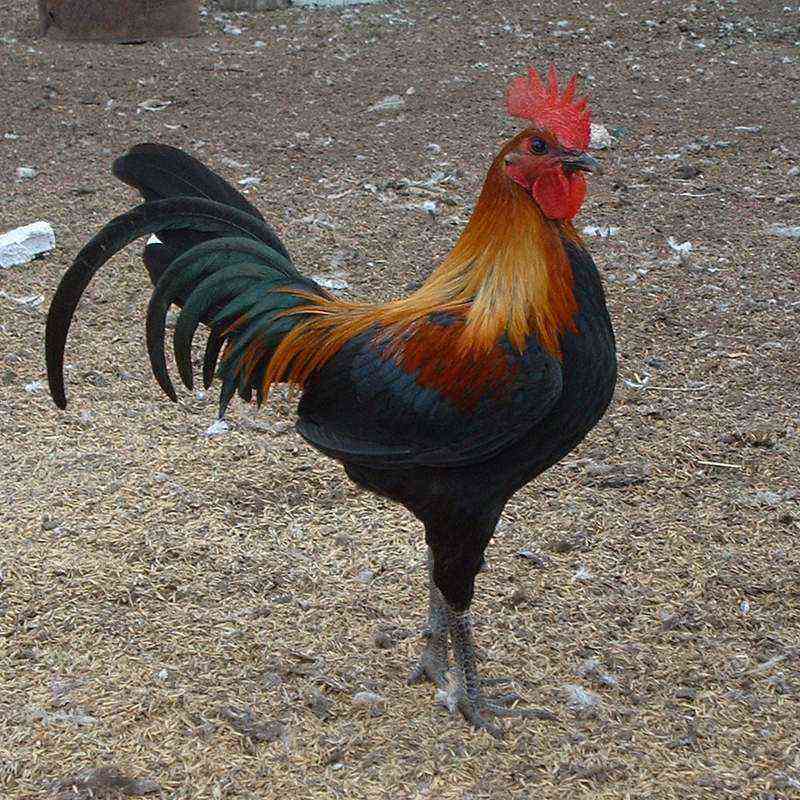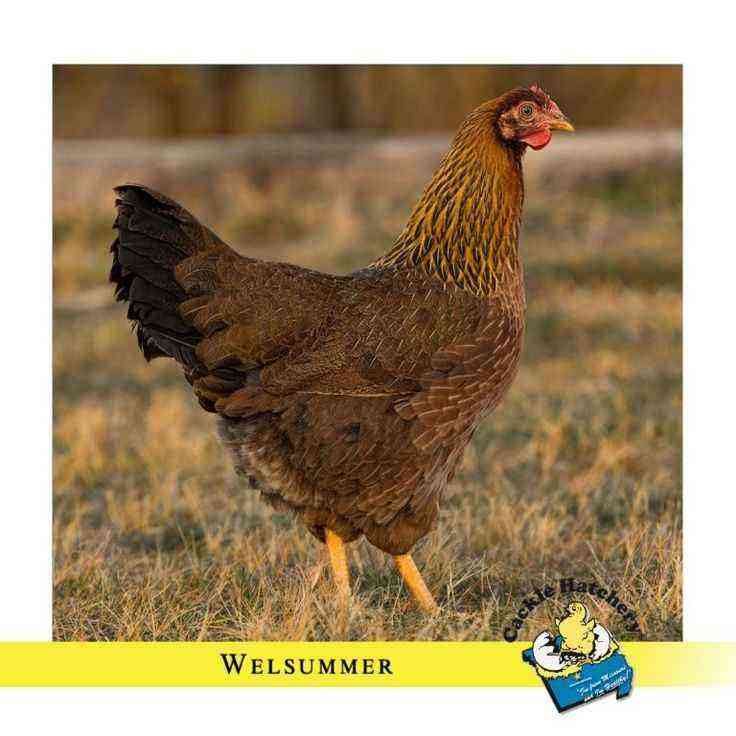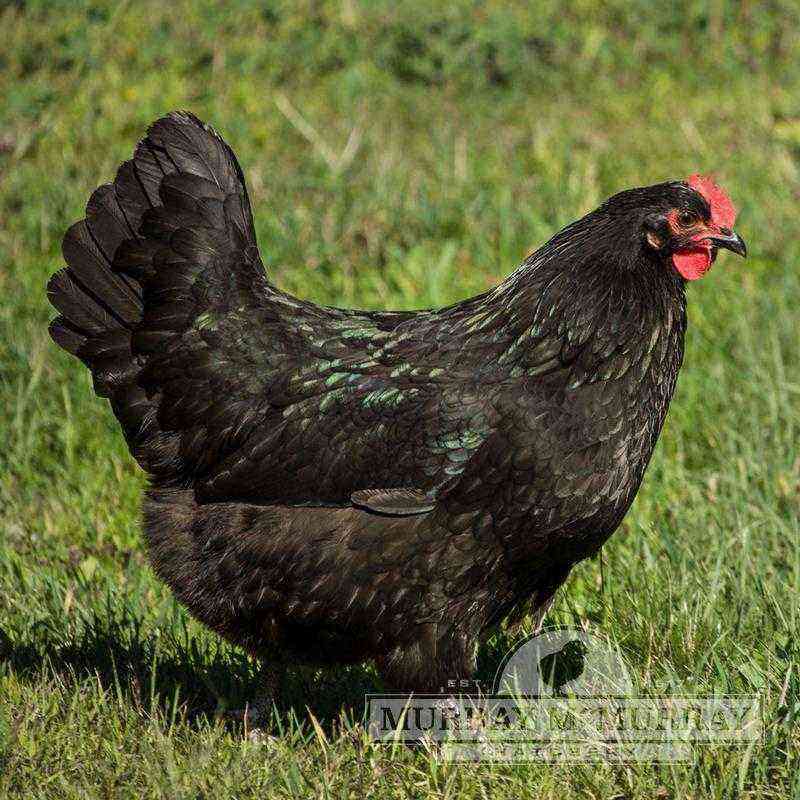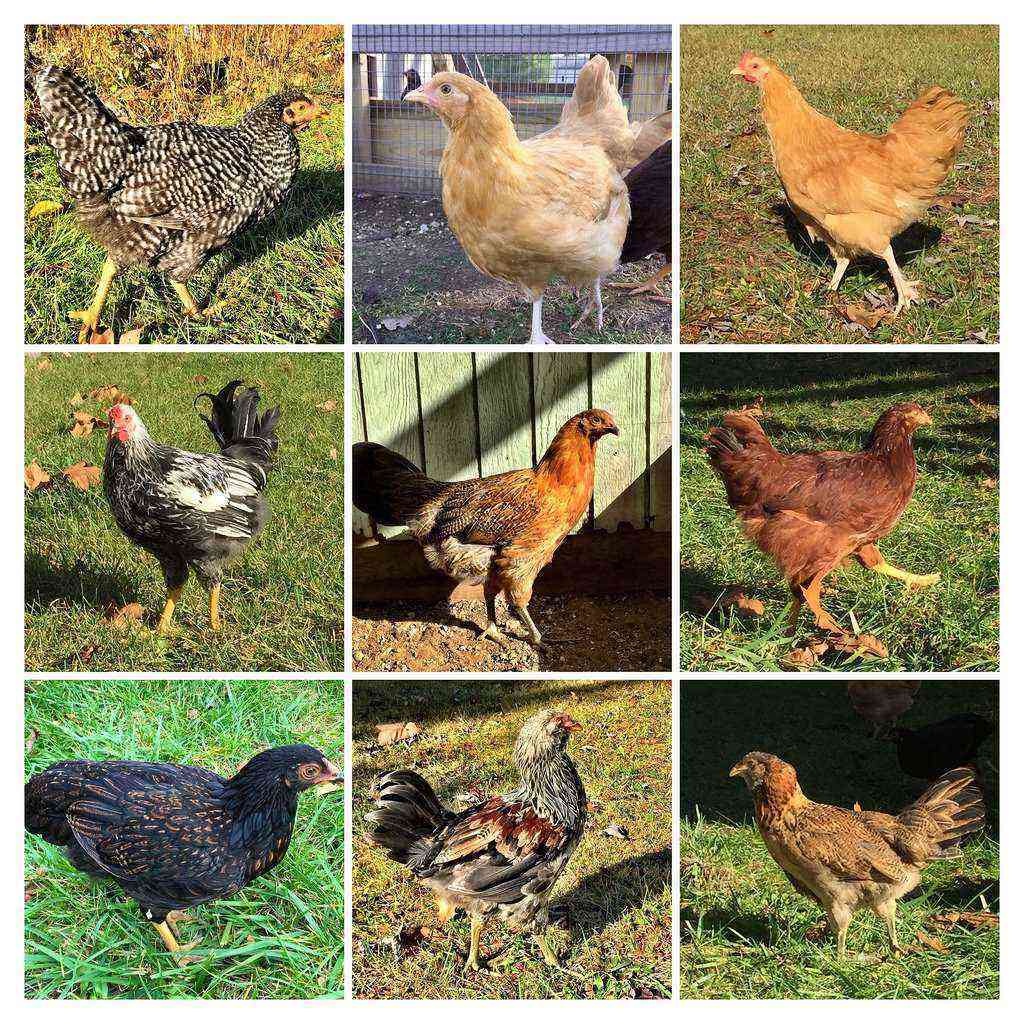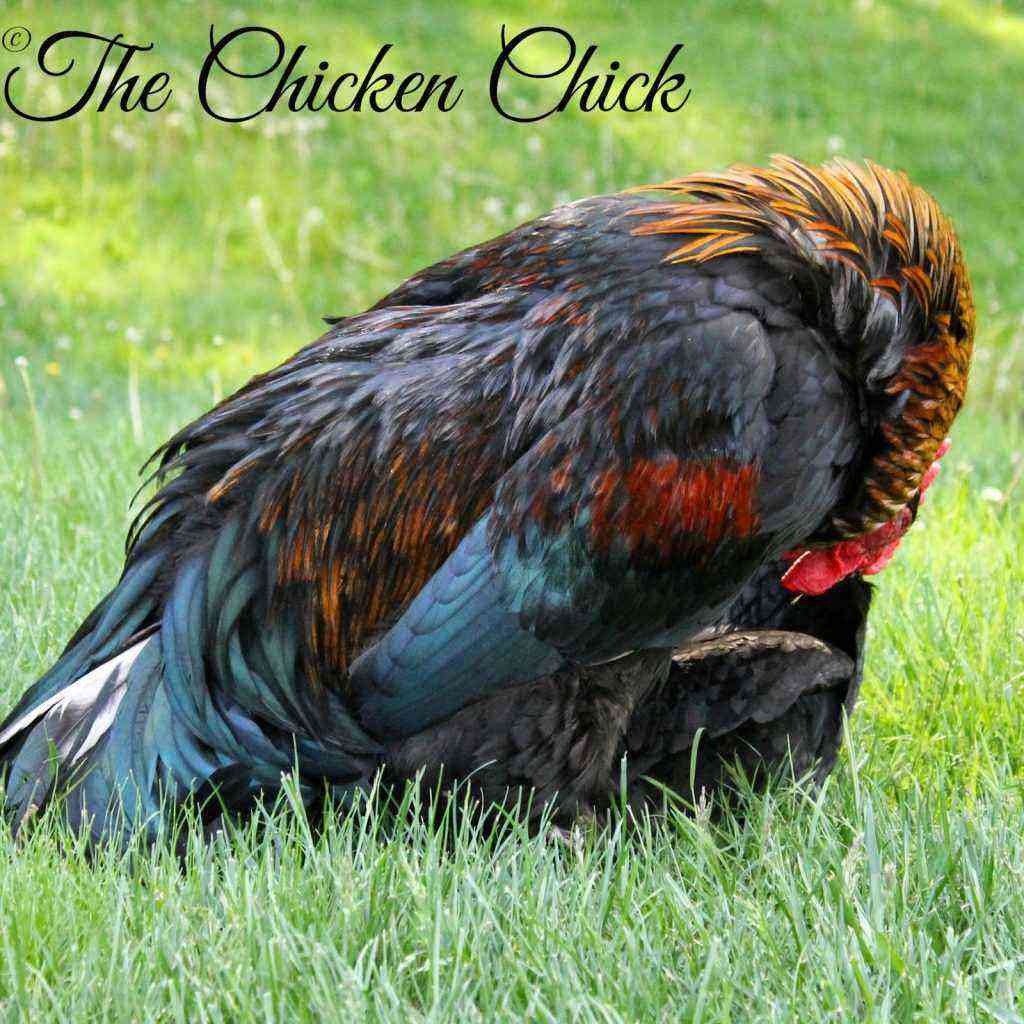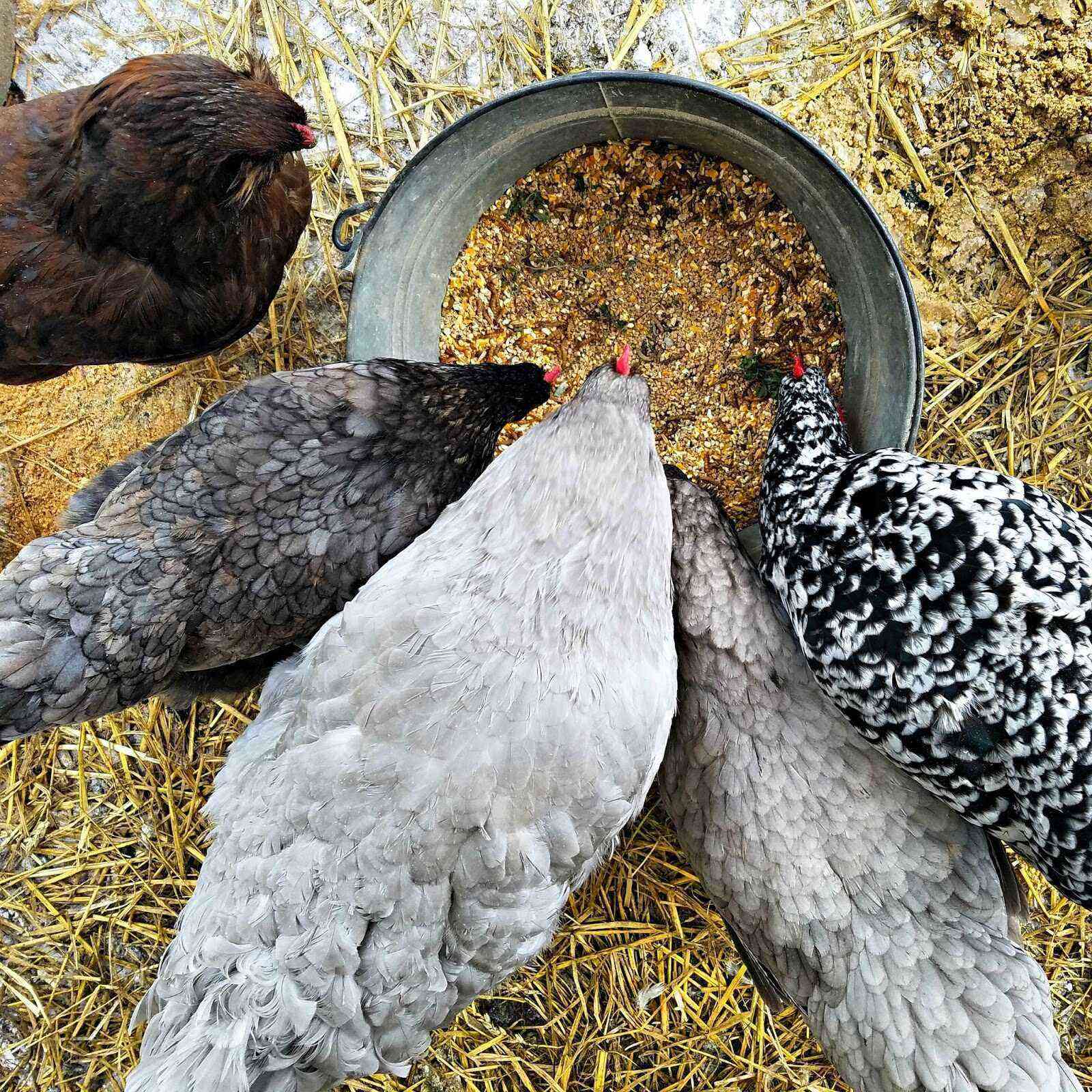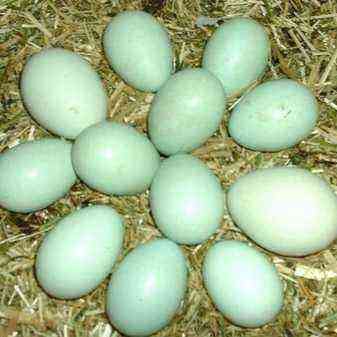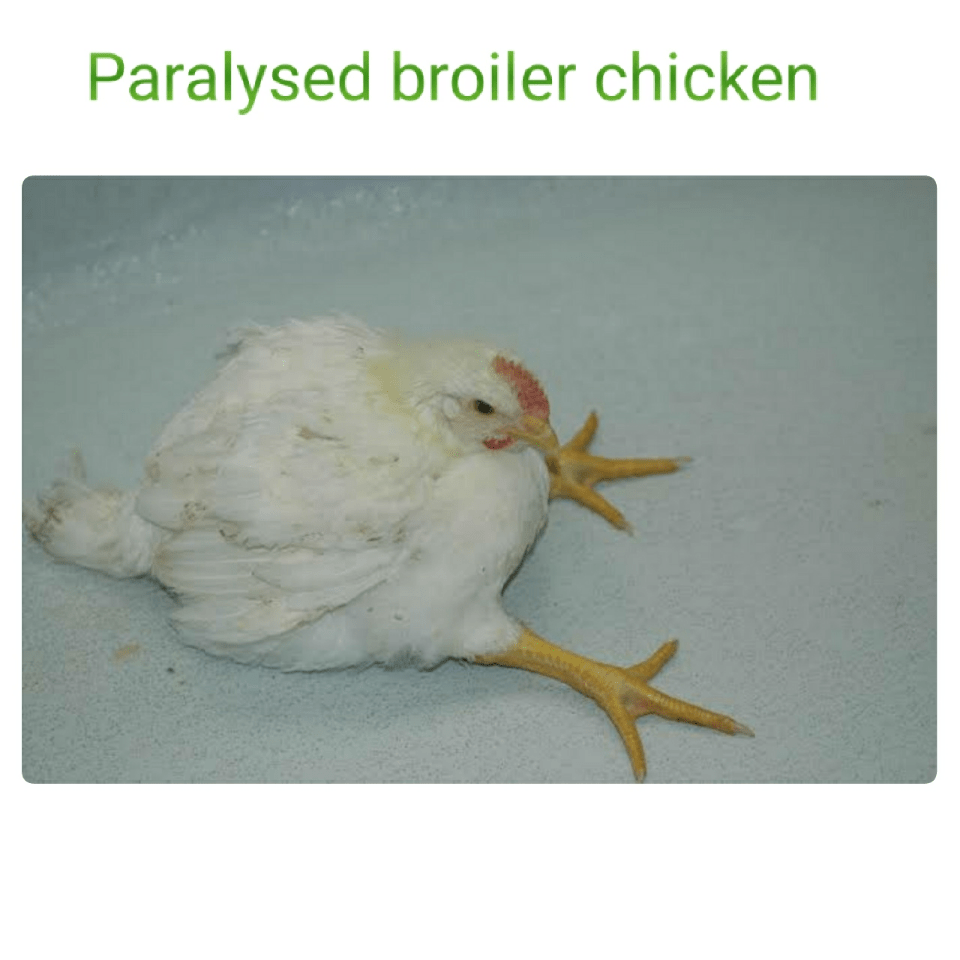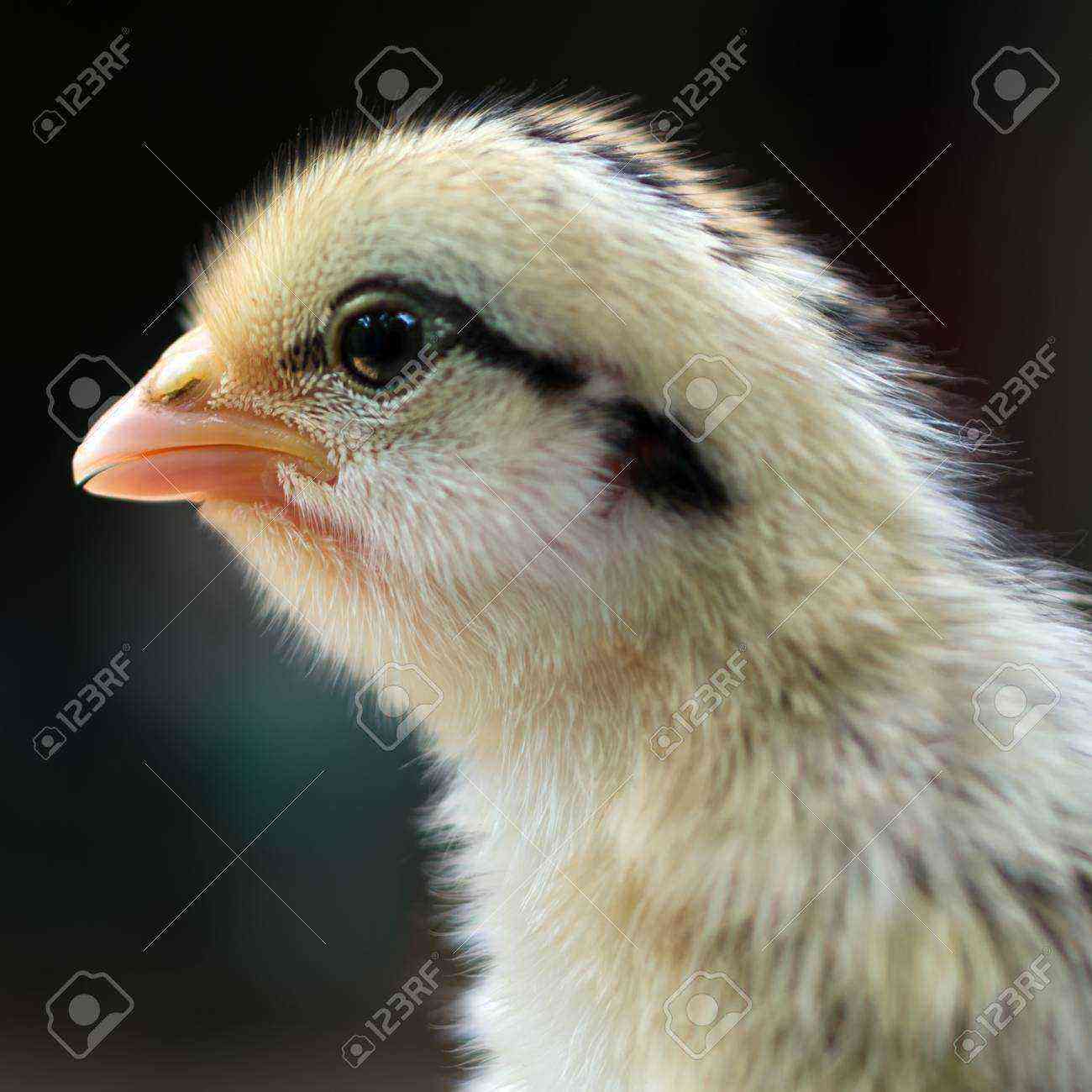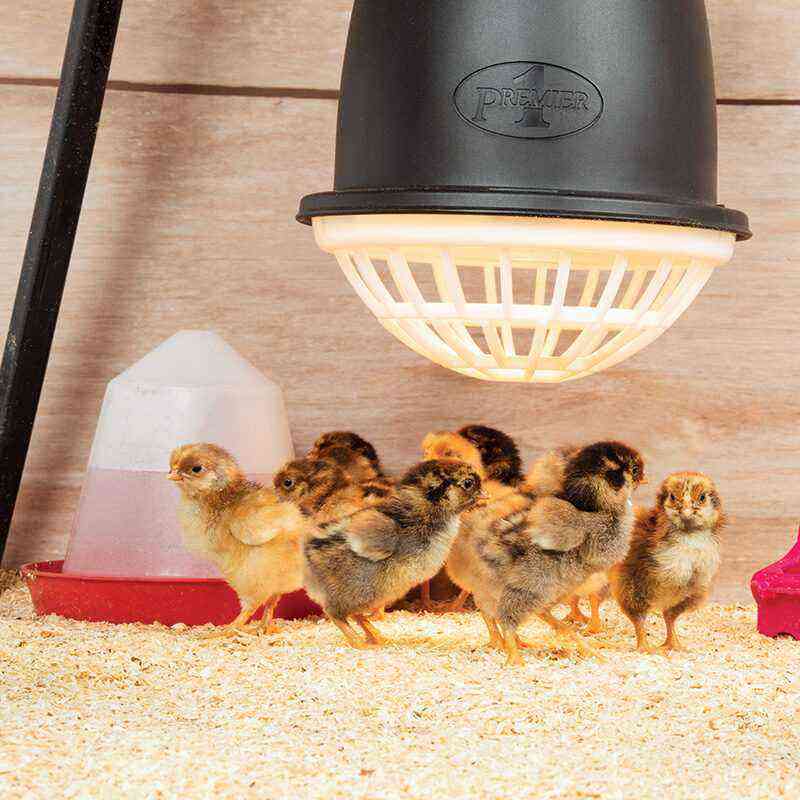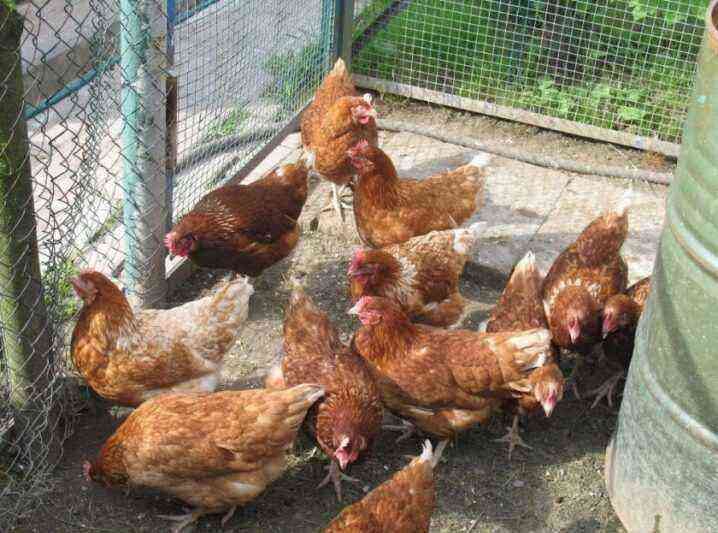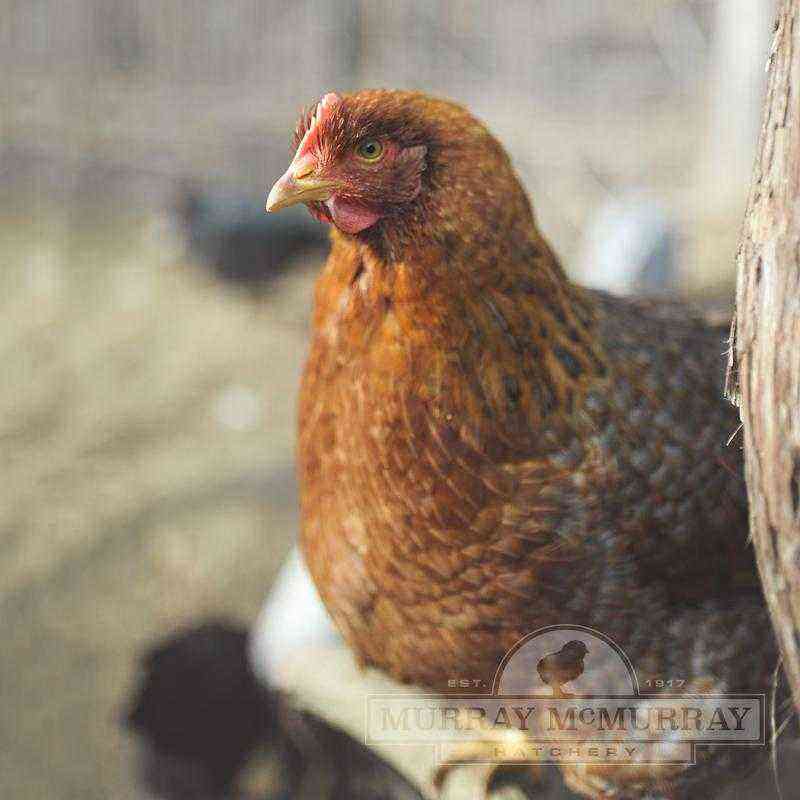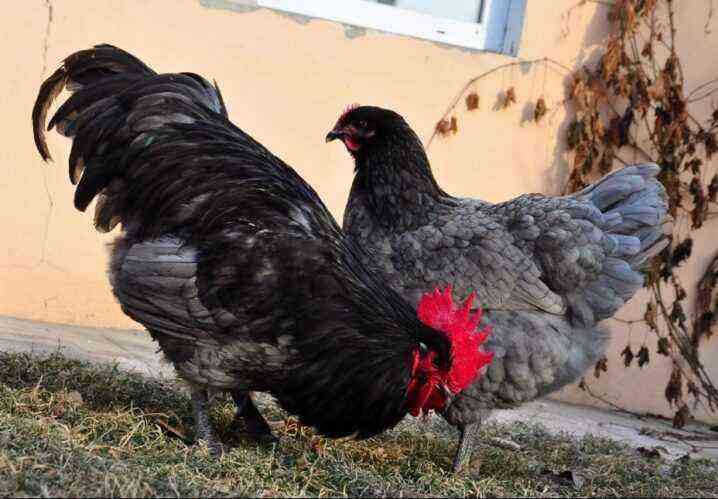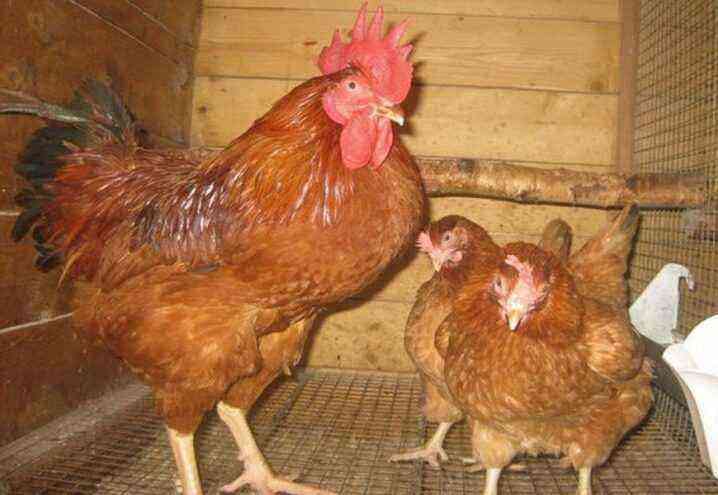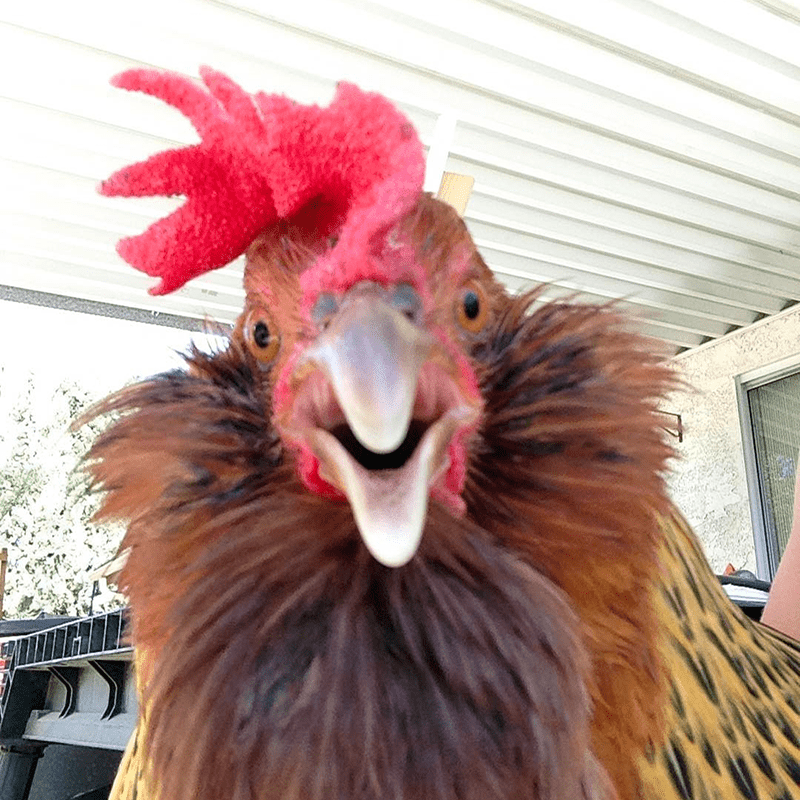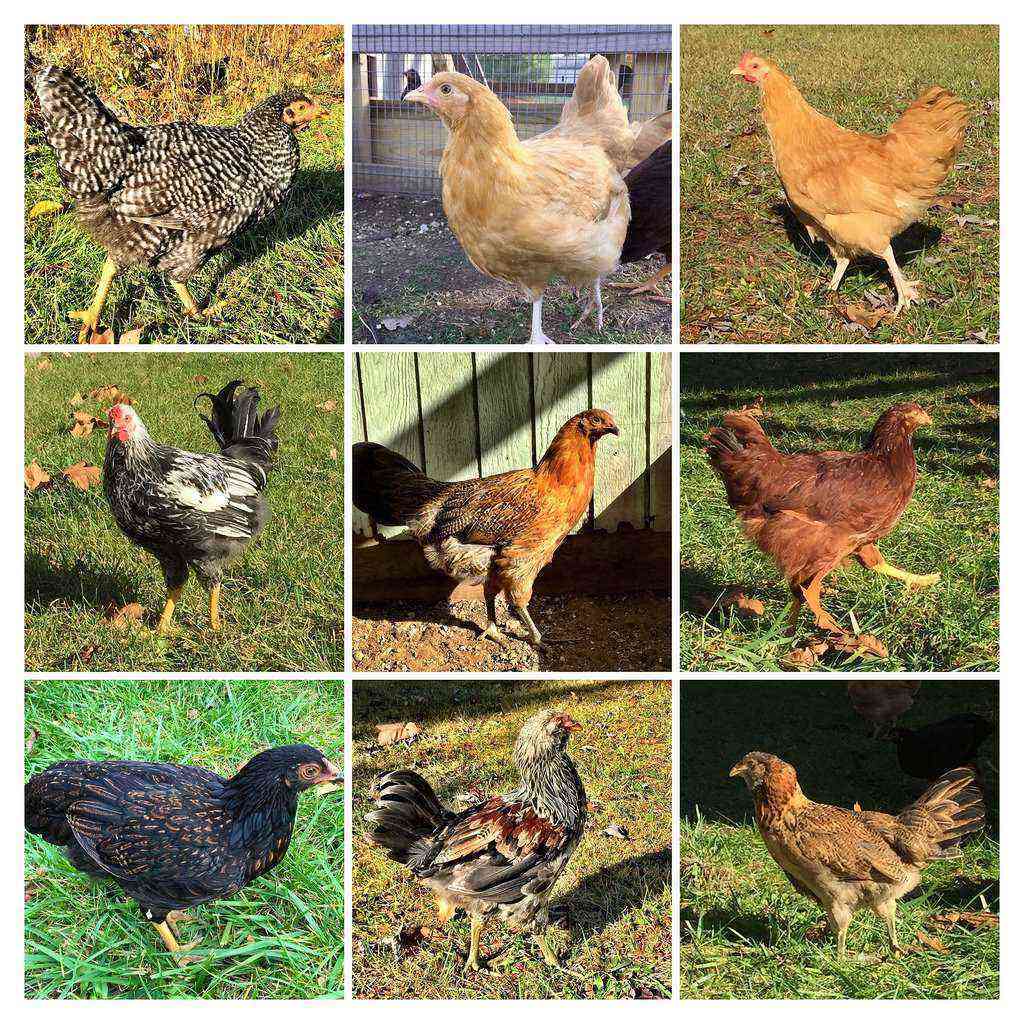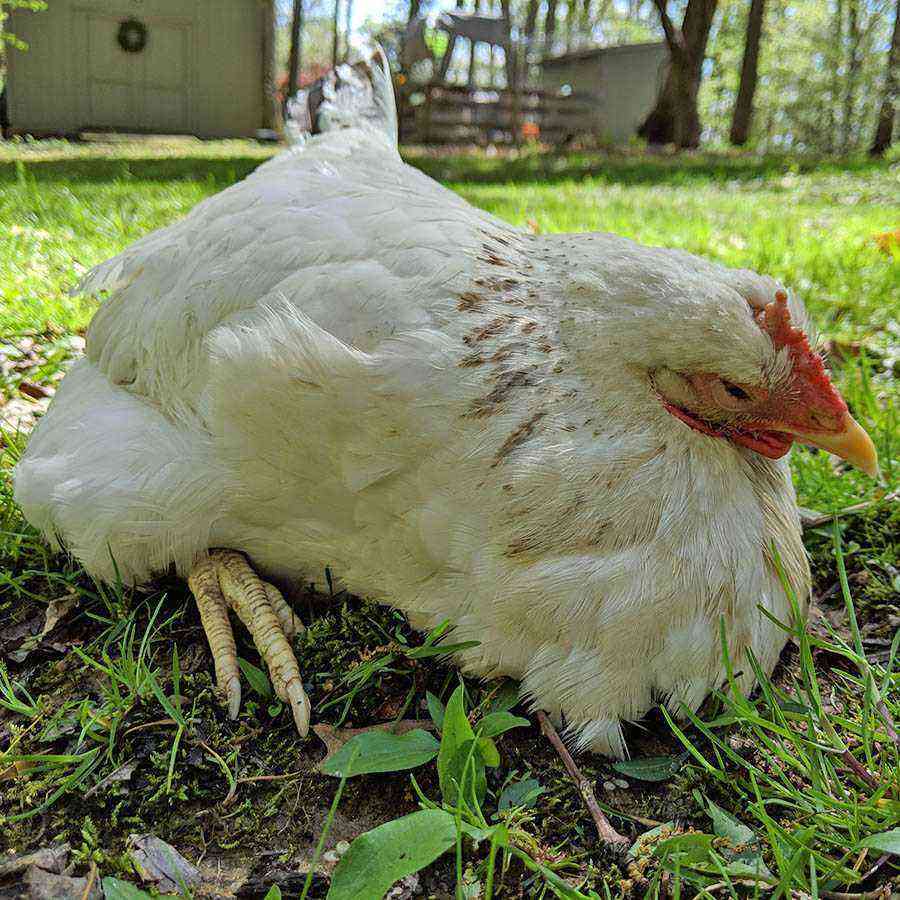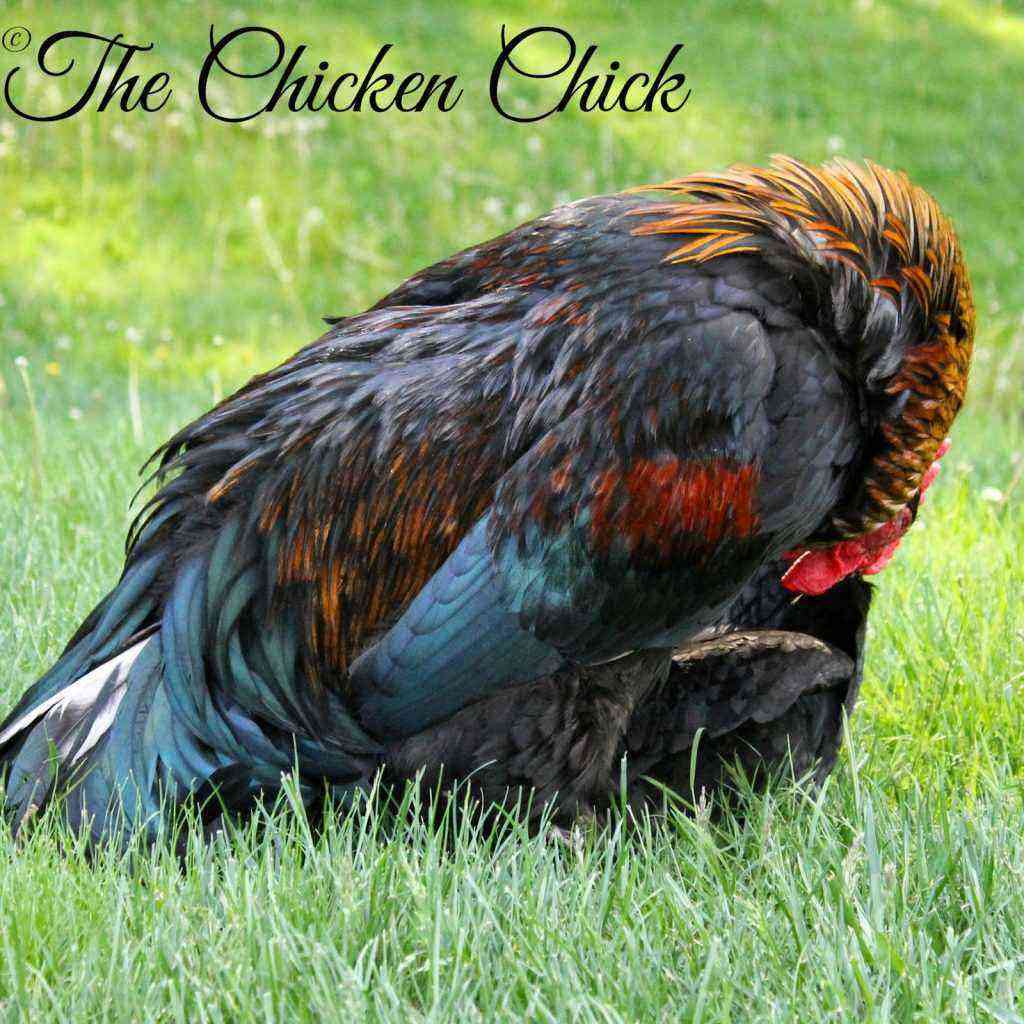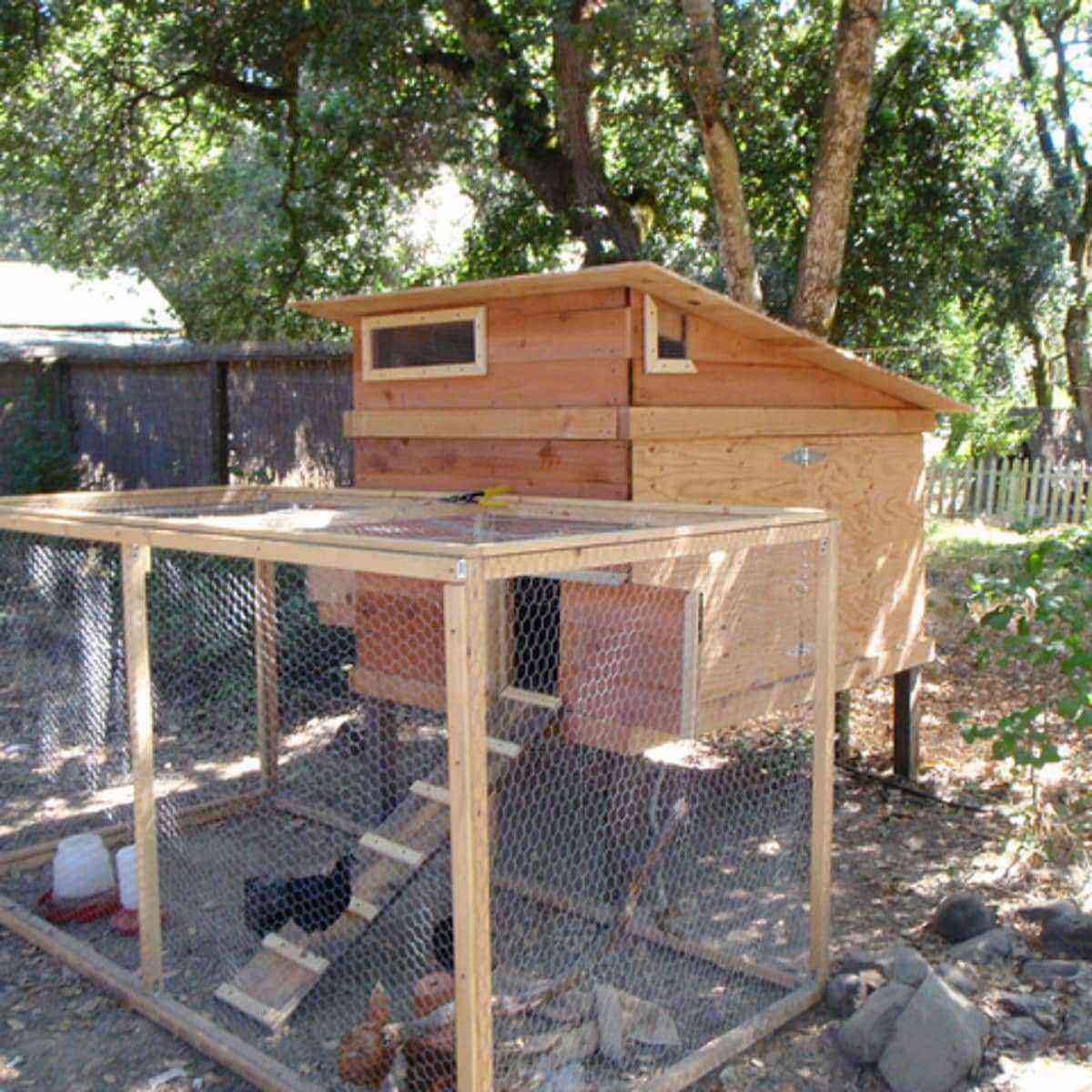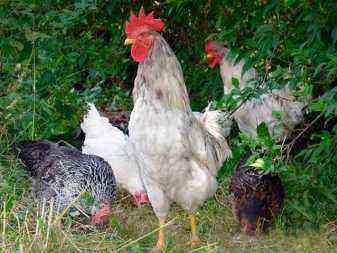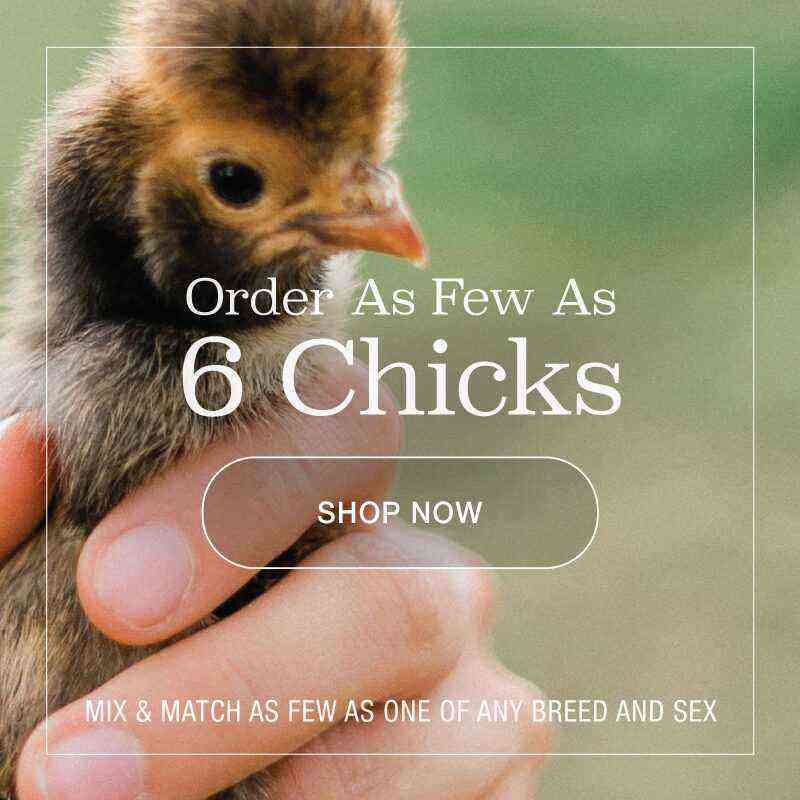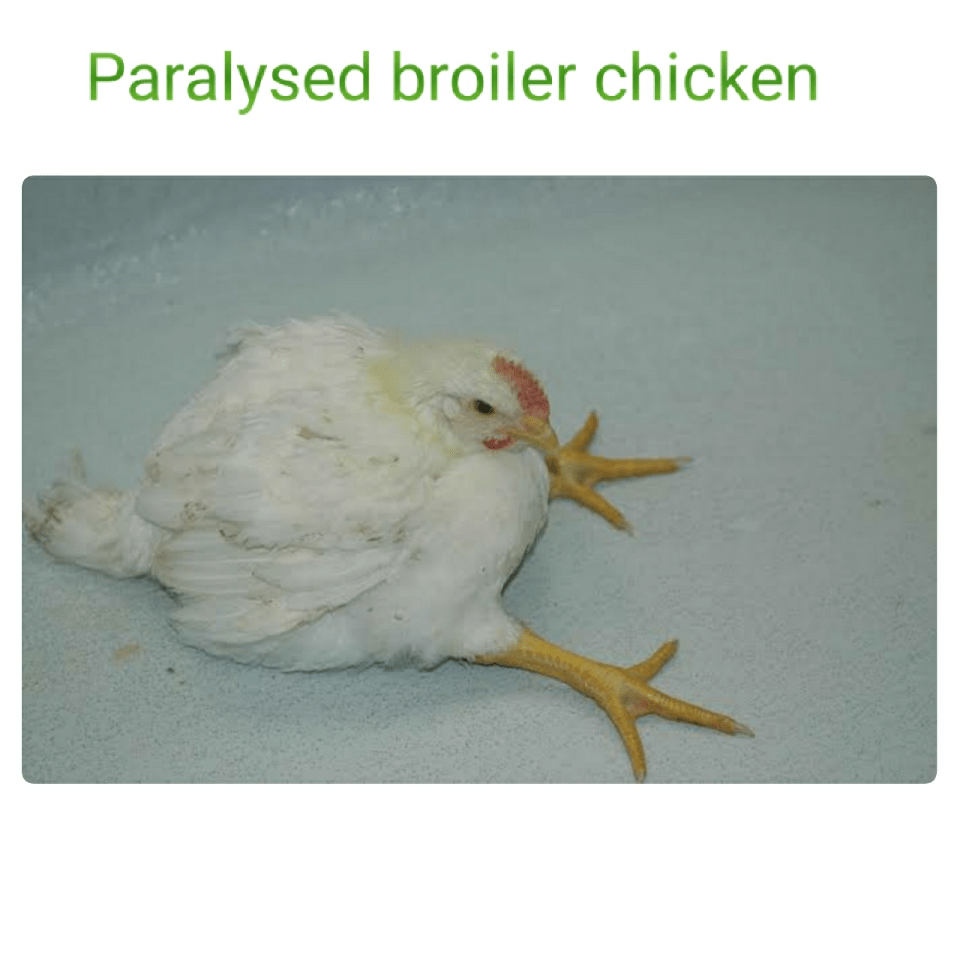Feeding chickens takes a lot of time, however, you should not attach little importance to this obligation. In order to facilitate work indoors, feeders of various types were invented for chickens. Bunker equipment for feeding chickens has many positive features, it is comfortable to use, easy to operate. The note will give the parameters of such feeders, their positive qualities, the available disadvantages, as well as recommendations on how to make a structure with your own hands.
Features
The basis of this feeder, regardless of the materials of manufacture and its model, is formed by 2 components – a hopper (receiver) and a tray from which birds pick up feed. It must be constantly remembered that such a device is practiced exclusively for the self-feeding of dry food. The principle of operation of such a system is quite simple. Feed is poured into the hopper, which is scattered in a small part onto the tray.
As the chickens peck out food, the freed space is spontaneously (“gravity”) filled with fresh doses of feed from the receiver. The remaining contents of the hopper, closed from dust and humidity from the atmosphere, will remain dry and clean for a long period, which is favorably reflected in the quality characteristics of the product. When creating a project and drawings of a structure of this type, one must take into account the conditions that the practice of cultivating a strong, highly productive poultry population shows. They are expressed as follows.
- A bunker type feeder should be easy to maintain.
- The device can be quite arbitrary, but under all conditions it should promote rational feed consumption.
- This device must be placed in the chicken coop in such a manner and equipped with such auxiliary components (various sides, safety nets, turntables, etc.) so that the birds cannot penetrate into it and render the contents unusable.
- The product should take into account the possibility of free access to any component of the equipment (for removing the rest of the feed, repair work), easy and quick sanitization (cleaning, washing).
- The skin must be designed to be lightweight and mobile, with any structural components easily replaceable.
- The optimal dimensions of the bunker equipment for feeding feed should always be commensurate with the number of chickens. Suitable compartment area per hen: 10 centimeters for adults, 5 centimeters for chickens. For circular equipment, the area of u3buXNUMXbsuch compartments can be XNUMX centimeters.
- The product must be perfectly stable on the floor surface, made of good materials.
Specialty outlets hopper feeders are available for all sizes of chickens and are made from a variety of materials. Most of them are characterized by practicality in use. But manufactured devices of this type are very expensive. Therefore, most homeowners are wondering how to make do-it-yourself feed supply equipment. The structure of these structures, as already mentioned, is more than simple.
Advantages and disadvantages
Advantages.
- At the same time, several hens have unhindered access to food in the tray. For each bird, 8-10 centimeters of the area of the feeder is allocated. For chickens, only 4-5 centimeters are needed.
- The simplicity of the device. The design of any homemade feeder is light, mobile and can be disassembled without much effort.
- Sustainability. So that the chickens do not turn over the feeder and do not spill the feed, it is constructed stable or securely fixed to the wall.
- Inaccessibility. Chickens do not have the opportunity to climb into the feed bin and scatter it with their paws.
- Capacity. The bunker holds 10-20 kilograms of feed at a time, which guarantees a supply for the whole day for a large number of birds.
Disadvantages.
- Bunker feeders are intended exclusively for dry food. A complete ration for birds includes wet food, fresh vegetation, fruits and vegetables that do not have the ability to feed themselves from the silo.
- Feeding equipment is used daily, gets dirty quickly and needs constant cleaning and decontamination.
Production
self-made devices for supplying feed for chickens of this type can be from:
- PET bottles of various sizes;
- old plastic buckets;
- sewer PVC pipes and much more.
By and large, this comfortable device can be made from almost any improvised materials available in every household. The demand for bunker feeders for chickens stirred up a stir on them from innovators. What structures, assembled on their own, cannot be seen on the global network. Therefore, if there are no funds to purchase such a thing, you can make it yourself from what comes to hand.
Trumpet
A wide sewer polypropylene pipe is taken, curved from one end at an angle of 90 degrees. It must simply be attached to the wall (5-6 pipes are installed closely) with a curved end downwards. Food is poured from above – it pours down, and due to the fact that the pipe is bent, it will not pour down, but will remain in the pipe, then the chickens will simply have to absorb it.
plastic bucket
Holes are made in the bottom of an old plastic bucket. Then a not very deep container is taken (under the tray), a bucket is installed in it so that the holes made are at the bottom. Now you can practice the design as intended. Food is poured inside, the bucket is covered with a lid on top, food is fed into the tray as the birds peck at it.
Plastic bottles
The easiest way to make a device such as a bunker feeder for chickens is from plastic bottles from mineral water, juices and the like. A device for a mature chicken is made from three bottles: two for 5 liters and one for 3 liters. The main thing is to choose a container with very dense walls. The order of operations when creating a feeder in this embodiment should be as follows.
- One of the 5 liter bottles is cut in half.
- The top piece of the container can be thrown away. In the lower part, it is necessary to make 5 square holes approximately 5 × 5 centimeters in size (around the whole circle). You need to cut them with a sharp knife at the level of the first rib from the bottom.
- From a bottle of 3 liters, it is necessary to cut off the upper segment with a neck. The result is a very comfortable funnel.
If desired, it is possible to use other materials, manufacturing methods. The main thing is that the key task of the feeder is observed – the supply of food as it pecks what is in the tray.
For chickens
The bunker feeder for adult chickens, the creation process of which was described above, is, of course, not suitable for small chicks. The chicken is able to very easily get inside through a hole of 5×5 centimeters. Therefore, for chicks, food supply equipment is made from small bottles (1,5 liters). The assembly method in this version will be slightly different. The chicken feeder is made like this.
- From a bottle of 5 liters, the bottom is cut off with walls 10-12 centimeters high.
- Holes are cut in it, as in the first version. Naturally, they should not be very large.
- The upper segment of the bottle is inserted into the bottom with holes with the neck down. The cork from it, of course, must be removed in advance.
For broilers
Similar equipment for feeding feed can be made for broilers from the age of two weeks, moreover, it will take no more than 20-30 minutes. One of its filling is enough to feed 30 heads during the day. To create a feeder you will need:
- a piece of wooden board or plywood with a size of 20×20 centimeters and a thickness of 8-10 millimeters (the thicker the base, the more stable the finished product will be);
- a plastic canister measuring 20×20 centimeters;
- sewer pipe made of polyvinyl chloride (piece 10-15 centimeters high) and for water supply (piece 25-30 centimeters high);
- tape or tape;
- prefabricated corners, nuts, screws, nails;
- hammer, hacksaw, awl and a piece of rope.
Having prepared everything you need, you can start assembling.
- Fix a wide piece of pipe to the base of the structure (board or plywood) using mounting brackets and screws. It is enough to fit 2 corners opposite each other on the inside of the pipe.
- Take a smaller pipe and cut it along the cross section of the hole to a height of 10-15 centimeters.
- Then make a perpendicular incision, which should coincide with the longitudinal one. We will end up with a pipe with half of the lower area removed.
- Mount a thin pipe with a wide thread into the cavity of the feeder, and then combine both pipes with two self-tapping screws – from below and from above.
- Cut off the bottom of the plastic canister, and then put it with the neck on a narrow pipe. The connection must be wrapped with electrical tape or tape.
- In the canister, make a hole closer to the top through which to push the rope.
- On the wall, near which it is planned to mount the feeder, drive a nail at the level of the rope. Fix the structure so that it is stable and the broilers cannot overturn it.
Wooden
Feed hoppers for chickens can also be made from wood or chipboard. However, creating such a feeder is much more difficult, however, the design will be durable. By and large, it is required to make a box where the food will be poured, drill a hole from the bottom and attach a feeder (tray) made by hand from the same material to it. Then you can test.
Terms of Use
When the chickens are outside most of the time, the best place to use the feeder will be the place where the birds are concentrated. As a rule, these are enclosures, areas near the entrance to the chicken coop. Nearby, the presence of a device for drinking chickens is indispensable. During the night rest in the chicken coop, the birds do not drink or eat, for this reason the feeder there will be useless. When the chickens are in the house most of the time, a feeder is placed there. Grooved and pipe structures are arranged on elevated areas or in a suspended position along walls not occupied by perches at a level of up to 20 centimeters from the floor. Bunker and tray devices for feeding are installed on the floor in the middle of the aviary or poultry house.
Devices should be easily accessible to broilers and chickens from all sides without exception. In cage breeding, plastic trays, nipple drinkers for birds are fixed on the grate on the outside of the front wall of the cage. The dimensions of the sides of the cage cells are 7-8 centimeters.
How to make a do-it-yourself bunker feeder for chickens, see the following video.
